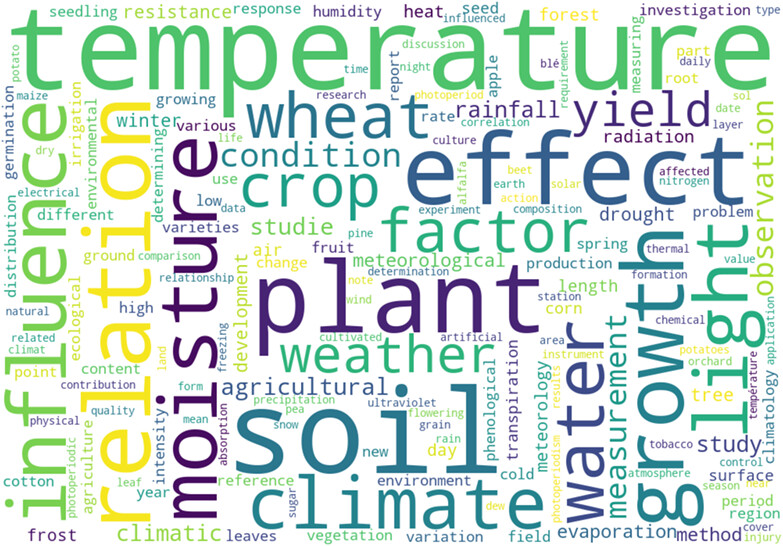Journal list menu
Accounting for sources of uncertainty when forecasting population responses to climate change
Graphical Abstract
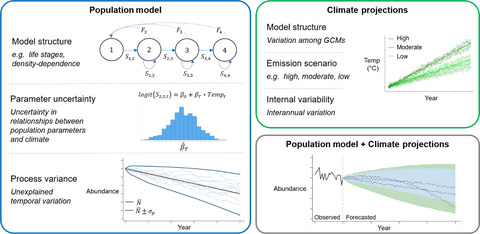
Conservation strategies for threatened species are increasingly dependent on forecasts of population responses to climate change. The authors review sources of uncertainty in these forecasts, and, in particular, highlight the importance of accounting for structural uncertainties in models of population dynamics.
Conservation planning in an uncertain climate: Identifying projects that remain valuable and feasible across future scenarios
- People and Nature
- 221-235
- 10.1002/pan3.10169
Abstract
A free Plain Language Summary can be found within the Supporting Information of this article.
South American fires and their impacts on ecosystems increase with continued emissions
Graphical Abstract
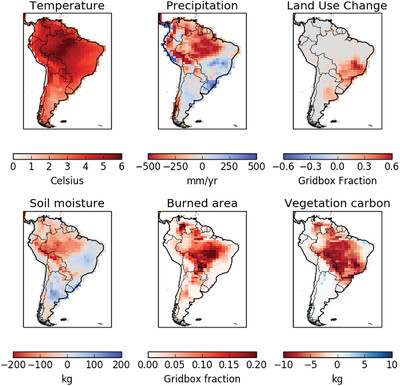
There is still large uncertainty about how fires and ecosystems will respond to future climate change. We use the latest climate model simulations from UKESM1 and JULES to address the question “how much fire-induced carbon loss will there be over South America at different global warming levels in the future?” We find burned area increases in the future, leading to carbon losses of 30% at 4°C, which could be reduced to 7% if temperature rise is limited to 1.5°C.
Projected change in temperature, precipitation, land-use, soil moisture, burned area and vegetation carbon from present day at a Global Warming Level of 4°C (SSP370)
Extending the climatological concept of ‘Detection and Attribution’ to global change ecology in the Anthropocene
- Functional Ecology
- 2270-2282
- 10.1111/1365-2435.13647
Graphical Abstract
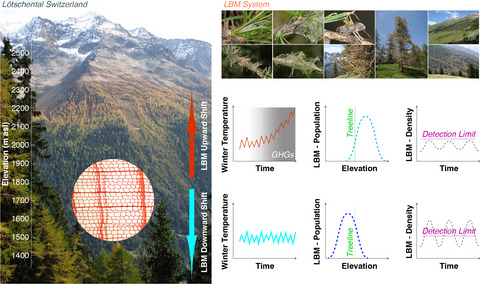
A free Plain Language Summary can be found within the Supporting Information of this article.
Combining conservation status and species distribution models for planning assisted colonisation under climate change
- Journal of Ecology
- 2284-2295
- 10.1111/1365-2745.13606
Graphical Abstract
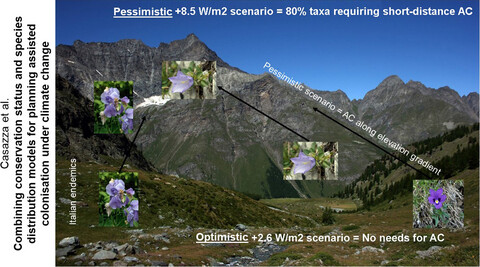
Combining species distribution models and red listing thresholds under Criterion A has enabled the strategic planning of multiple species assisted colonisation minimising the effort in terms of new populations to be created and maximising the conservation benefit in terms of range loss compensation.
The sensitivity of global surface air temperature to vegetation greenness
Graphical Abstract
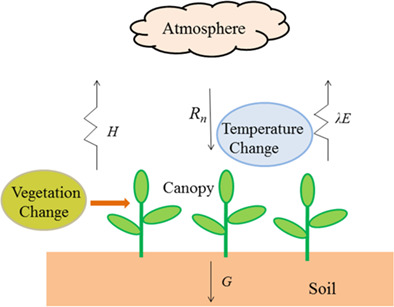
Terrestrial vegetation plays a crucial role in governing the land surface energy budget, which in turn drives the climate of the Earth. A focus in this study is that a land surface model was used to reproduce the energy processes to explain the variations and the changes in climatic feedbacks of vegetation changes across various vegetation greenness and background climatological conditions.
Diversity for Restoration (D4R): Guiding the selection of tree species and seed sources for climate‐resilient restoration of tropical forest landscapes
Graphical Abstract
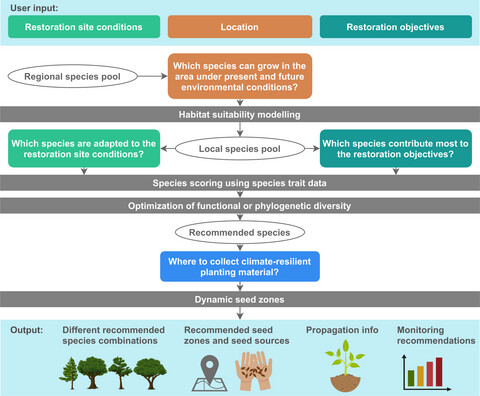
The Diversity for Restoration tool enables non-expert users to combine species traits, environmental data and climate change models to select tree species and seed sources that best match restoration site conditions and restoration objectives. Originally developed for the tropical dry forests of Colombia, the tool has now been expanded to the tropical dry forests of northwestern Peru–southern Ecuador and the countries of Burkina Faso and Cameroon, and further expansion is underway. Acknowledging that restoration has a wide range of meanings and goals, our tool is intended to support decision making of anyone interested in tree planting and seed sourcing in tropical forest landscapes, regardless of the purpose or restoration approach.
Evolution of future precipitation extremes: Viewpoint of climate change classification
Graphical Abstract
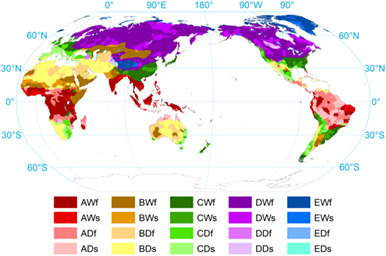
Progress towards a holistic land and marine surface meteorological database and a call for additional contributions
Graphical Abstract
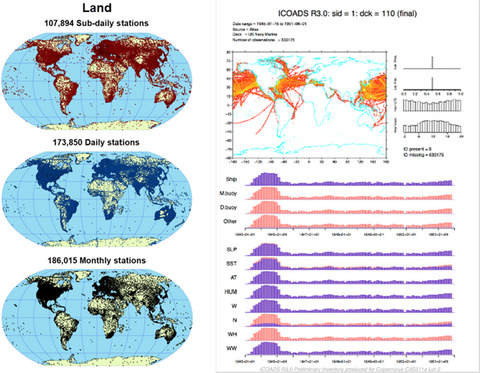
This paper outlines progress of the Copernicus Climate Change Service's (C3S) Global Land and Marine Observations Database service. We present details of land and marine data holdings inventoried, highlighting priority needs in terms of periods, regions and Essential Climate Variables (ECVs), and we introduce the data upload component so data providers can share their data. These holdings are being iteratively merged and integrated and served via the Copernicus Climate Data Store (CDS).
The USA National Phenology Network's Buffelgrass Green-up Forecast map products
Graphical Abstract
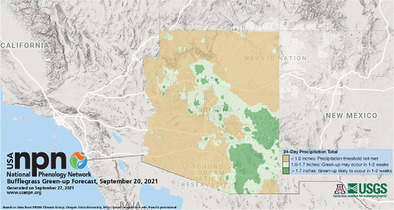
The USA National Phenology Network's Buffelgrass Green-up Forecast for September 20, 2021. Locations in green are predicted to achieve >50% green-up in 1–2 weeks, enabling treatment with herbicide. These maps support planning the timing of management activities to maximize buffelgrass treatment efficacy.
Using machine learning to predict fire‐ignition occurrences from lightning forecasts
Graphical Abstract
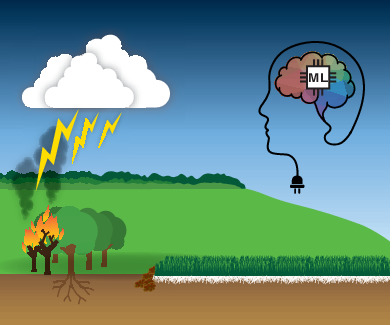
A machine learning (ML) approach was used to define a predictive model for wildfire ignition based on lightning forecasts and environmental conditions. Three different binary classifiers were adopted: a decision tree, a Random Forest and an AdaBoost, showing promising results, with both ensemble methods (Random Forest and AdaBoost) exhibiting an out-of-sample accuracy of 78%.









